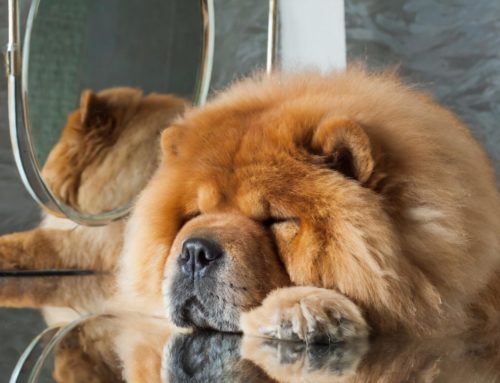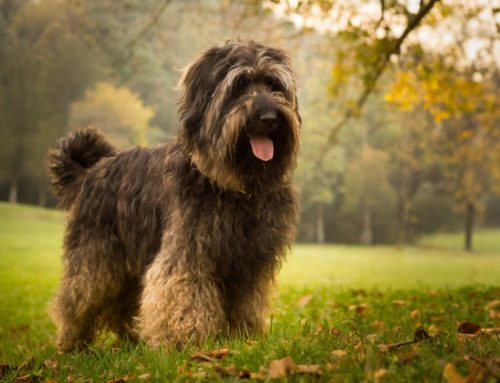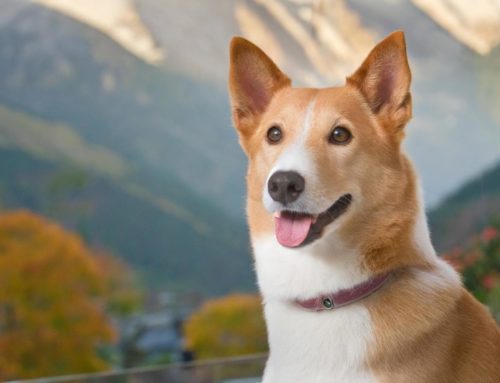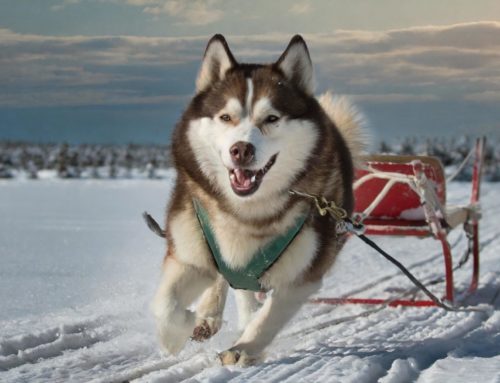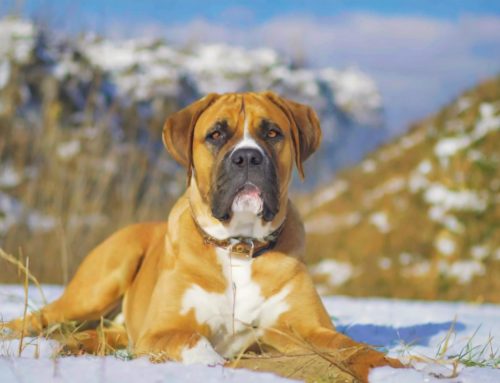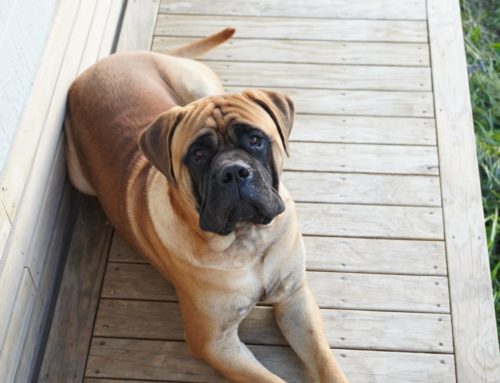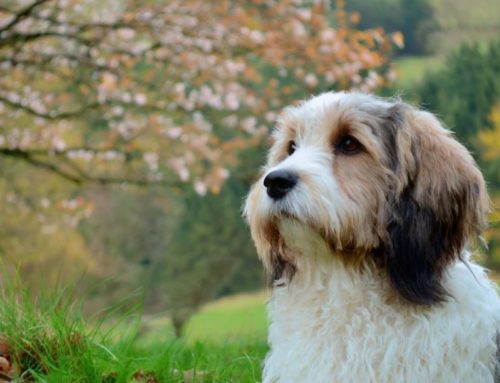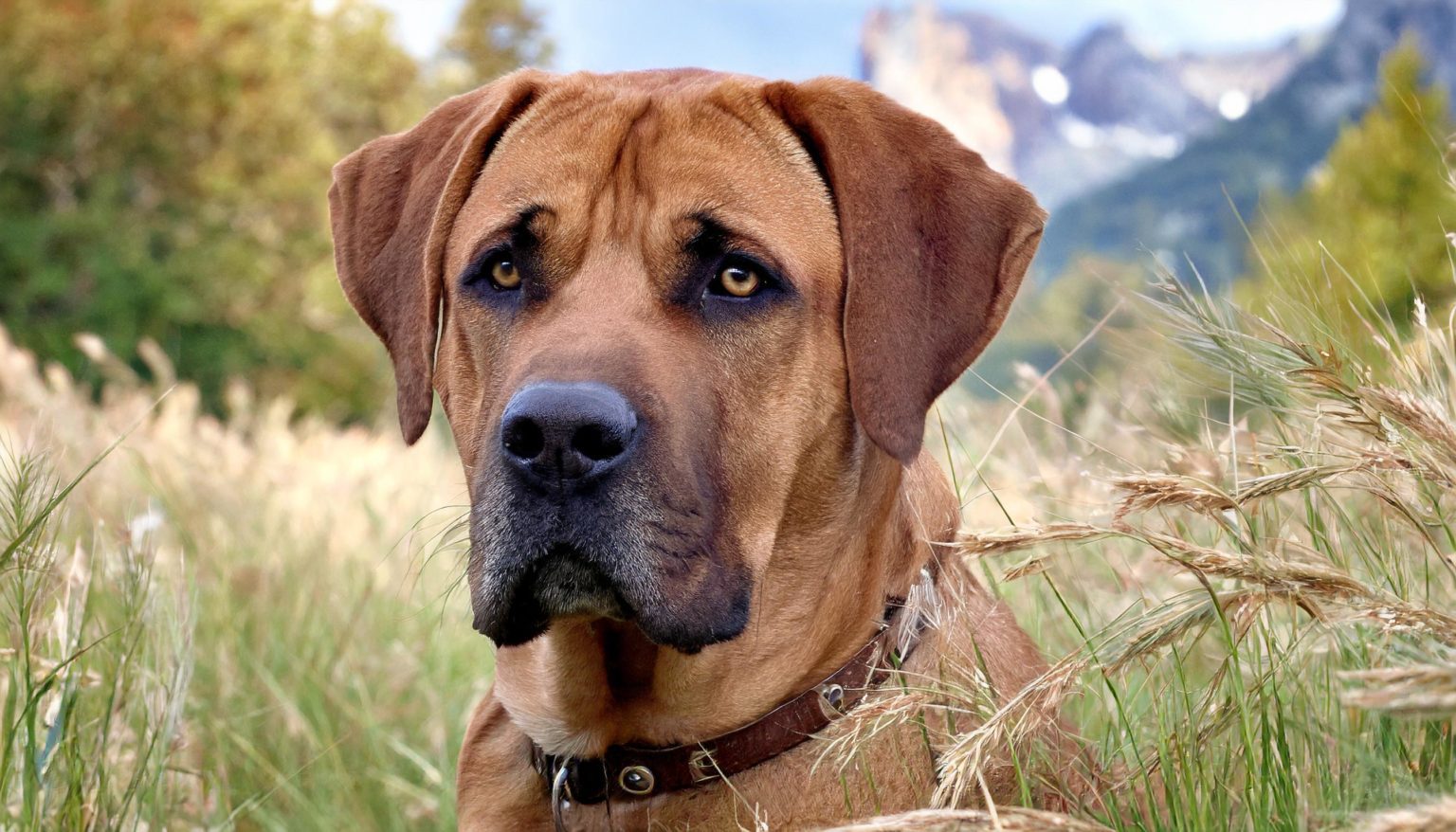
The Broholmer, a majestic mastiff with a rich history, originated on the Danish estate Broholm. A blend of the strength of the English Mastiff and the Great Dane, this breed originated as a large dog, initially used for big game hunting and as a reliable guard dog.
Around 1886, the breed was officially recognised and approved for breeding, a milestone that gave the Broholmer a respected place within kennel clubs and at dog shows.
However, the impact of the World Wars almost threatened to wipe out the breed, but thanks to the dedicated efforts of breed enthusiasts and the Danish Kennel Club, the Broholmer was saved. The dog’s watchful and loyal nature, coupled with its impressive appearance – often marked by a white markings on its chest – has endeared it to dog lovers.
Breeding policies aimed at preserving the health and character of the breed have ensured that the Broholmer continues to flourish, with a population mainly kept in Denmark.
Their past as a hunting dog and their role within the community as a formidable guard dog are never forgotten, which is why the Broholmer remains to this day one of the most prized dog breeds in the world.
FCI Group 2 Molossers
The Danish Broholmer, belongs to the FCI Group 2. This group includes Pinschers, Schnauzers, Molossers and Swiss Mountain dogs. Known for its large stature and friendly nature, the Broholmer falls into the category of Molossers, known for their powerful build and calm temperament.
Originally bred as a guard dog and for hunting, Broholmers are loyal and protective of their families, but can be challenging for inexperienced dog owners due to their size and strength. They need a stable and consistent upbringing and thrive in an environment where they get plenty of exercise and mental stimulation.
The appearance of the Broholmer
The Broholmer is a large and impressive dog breed. Males reach a shoulder height of around 75 cm and weigh around 60 kg, while bitches are slightly smaller with an average shoulder height of 70 cm and a weight of around 50 kg.
These dogs are known for their watchful and protective nature. They have a strong, mastiff-like build, with well-developed muscles, especially around the hips and elbows. The Broholmer’s hair is short, dense and smooth to the touch, often in black, fawn (a shade of brown), or sometimes black with white markings.
They have a majestic appearance, which is enhanced by their powerful and harmonious stance. Their expressive face, often with deep brown eyes, gives an impression of intelligence and thoughtfulness.
Hereditary diseases and disorders in these Broholmers
Several hereditary diseases and disorders occur in the Broholmer, similar to other large dog breeds.
Some of these include:
- Hip dysplasia (HD): A common condition in larger breeds, where the hip joints are not shaped properly, which can lead to arthritis and pain.
- Elbow dysplasia: Similar to hip dysplasia, but affects the elbows. This can lead to lameness and discomfort.
- Dilated Cardiomyopathy (DCM): A heart disease in which the heart becomes enlarged and weaker, affecting pump function.
- Joint problems: Due to their large size and weight, Broholmers can be prone to joint disorders, including arthritis.
- Skin problems: Some Broholmers may suffer from skin allergies or other skin conditions.
- Eye conditions: Like many large breeds, Broholmers can be prone to certain eye problems.
The character of this danish dog
A large and impressive dog from Denmark, the Broholmer is known for its calm and stable character. As a historic guard and hunting dog, Broholmers are very watchful and protective of their family, but they are generally friendly towards people and other dogs.
Often used in shows, these dogs must pass a behaviour test and conformation inspection to be approved for breeding. Despite their size, with males weighing up to 70 kg, Broholmers are affectionate and get along well with children.
Their history as a tracker and guardian of livestock, as well as their big game hunting skills, have contributed to an intelligent and independent character. They are also suitable for various dog sports.
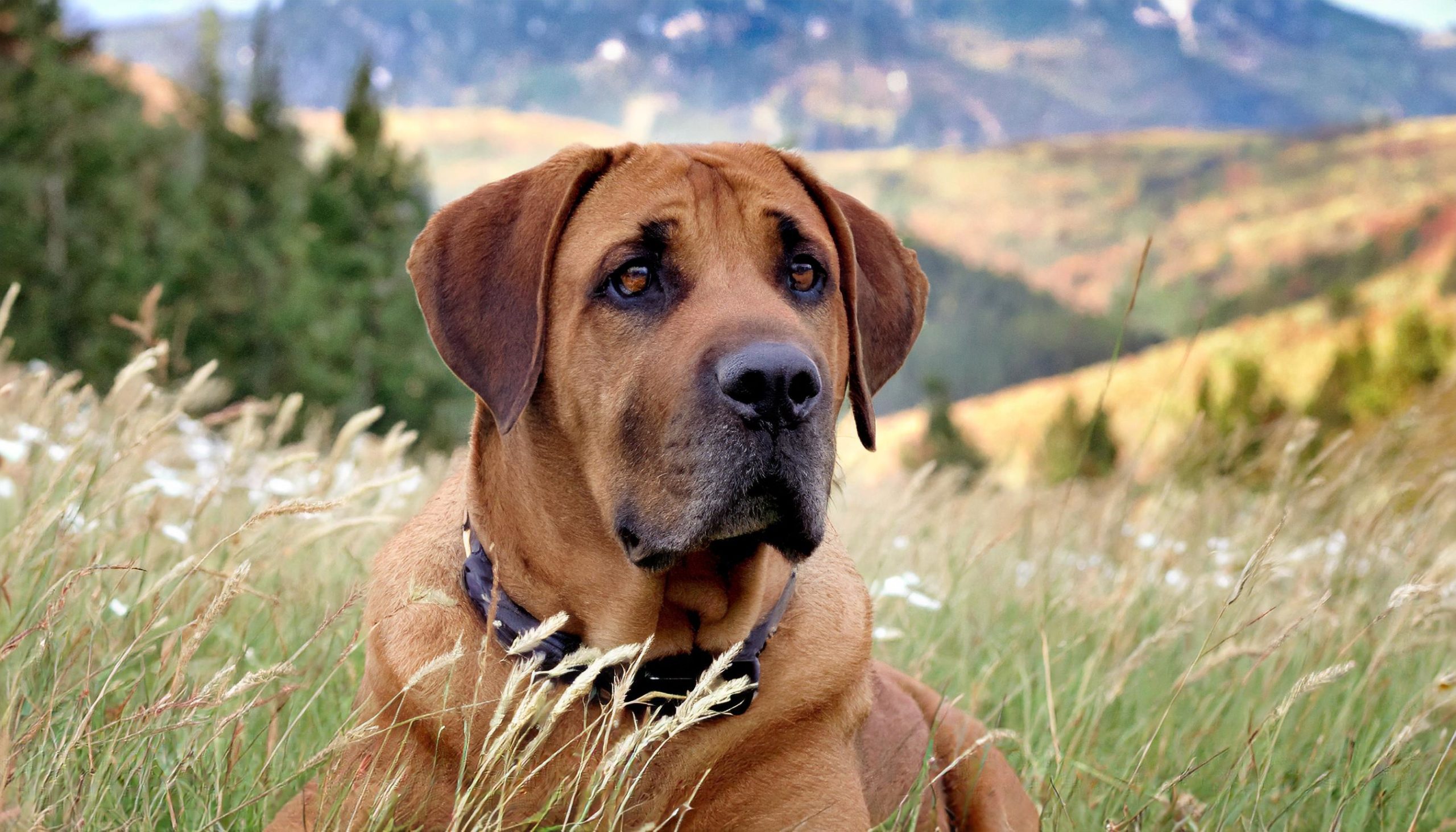
Socialisation and upbringing of this dog from Denmark
The socialisation and upbringing of a Broholmer require attention and consistency, given their history as guard and hunting dogs. Pups should be introduced early to different environments, people and other dogs to develop a balanced and well-adjusted character.
This breed, known for its vigilance and strength, often attends dog shows, where they are judged on their behaviour and conformation. It is important that they are well socialised and trained to perform excellently.
Broholmers originate from Denmark, where they are carefully bred by kennel clubs and breeders. Their history as mastiff-like dogs, used for guarding property and hunting big game, emphasises the importance of consistent upbringing.
They are known for their patience and tolerance, but their size and strength require owners to make sure the dogs understand their place in the family. Training the Broholmer should be based on positive reinforcement and respect for their natural tendencies.
How much experience for Broholmer puppies
Keeping a Broholmer, a large and imposing dog breed, requires a certain amount of experience and knowledge of dog training and behaviour, especially because of their strong guard instinct and size. Experienced dog owners can better deal with the Broholmer’s natural tendencies, such as their vigilance and independent nature.
This breed also needs thorough socialisation and training to function well, both at home and in public settings such as dog shows. For inexperienced dog owners, the Broholmer can be challenging. The dog’s size and strength require a consistent and assertive approach.
It is crucial to learn how to show effective leadership and train the dog in a positive way. The Broholmer is also a breed that needs to be well socialised from an early age to get along well with other dogs and people.
Is training necessary?
Training is essential for a Broholmer, a large and powerful dog, to control its behaviour and ensure a harmonious relationship with its owner.
Known for their vigilance and robust build, these dogs are descended from breeds used by Vikings and have traditionally been used for tasks such as guarding property and hunting big game. They are mastiff-like dogs that have a well-developed guard instinct.
Recognised and registered by kennel clubs, including the Danish one, the Broholmer must be trained consistently and with understanding. Because of their size and strength, it is important to socialise them well and teach them how to interact with other dogs and people.
Their history as guard dogs and hunting dogs requires learning how to express their natural instincts appropriately. For owners who want their Broholmer to participate in dog shows, training is even more crucial to ensure that the dog not only performs well, but is also comfortable in such an environment.
How much exercise does a Broholmer need?
A large and robust breed, the Broholmer requires a moderate amount of exercise to stay healthy and happy. These dogs need a consistent dose of exercise daily, but because of their size, this need not be extremely intense. About an hour of exercise a day is often recommended. This can include walks, playtime and other forms of moderate activity.

How is it getting along with children?
The Broholmer is known for its friendly and calm nature, which generally makes it a good choice for families with children. This large, robust dog is usually gentle and protective of children in the family. His patient and tolerant attitude makes him a fine playmate for children.
However, because of its size, it is important to supervise interactions between Broholmers and small children to avoid accidents due to playfulness or clumsiness. It is also essential that both dog and children are taught how to interact respectfully and safely.
Benefits of a Broholmer
- Companionship: They are loyal and protective, which makes them excellent companions.
- Good with children: In general, they are patient and gentle with children.
- Watchful: With their watchful nature, they make good watchdogs.
- Quiet temperament: They tend to be calm and balanced, which makes them suitable for family life.
Disadvantages of a Broholmer
- Size: Their large size requires adequate space and can be a challenge in smaller living spaces.
- Exercise requirements: They need a considerable amount of exercise daily to stay healthy and happy.
- Health problems: Size-related health problems such as hip dysplasia can occur.
- Care: Their coat requires regular grooming to prevent tangles and dirt.
How old will a Broholmer get
The life expectancy of a Broholmer is generally between 7 and 12 years. This is typical for large-breed dogs. The health and longevity of a Broholmer can be affected by several factors, including genetics, lifestyle, nutrition and the quality of veterinary care.
Price of a Broholmer
The Broholmer, a majestic Danish mastiff celebrated for its sizable stature and amiable nature, remains exceedingly rare in the United States. Here’s an overview regarding their market presence, alternative breeds, and further advice:
Cost of a Broholmer Puppy in the U.S.:
With their scarcity, it’s nearly impossible to set a fixed price. In the event you find a U.S. breeder, the cost for one of these giants could begin at $3,500, potentially climbing higher due to their rarity.
Alternative Large and Giant Dog Breeds:
Given the scarcity of Broholmers, you might consider these similarly large breeds found within the U.S.:
- Great Dane: Known for their towering height yet gentle demeanor. Expected price range is about $1,500 to $2,500.
- Neapolitan Mastiff: Recognized for their imposing presence and protective loyalty, with prices ranging from $2,500 to $4,000.
- Dogue de Bordeaux: Celebrated for their muscular build and serene temperament, with costs between $2,000 and $4,000.
Guidance and Suggestions:
- In-depth Research Needed: Given the Broholmer’s large size, ensure your living conditions, resources, and daily routine can accommodate such a breed. They necessitate proper training and early socialization.
- Adoption as an Alternative: With the rarity of Broholmer breeders in the U.S., adopting a similar large or giant breed from a rescue organization might be a viable and fulfilling option.
- Seek Specialized Groups: Engage with dedicated Broholmer organizations, which might offer insights or connect you with international breeders, though anticipate potential logistical and communication hurdles.
- Patience Is Key: Should your heart be set on a Broholmer, be prepared for an extended search and the possibility of seeking a breeder abroad.
A Commitment to Responsible Ownership:
Adopting any pet is a significant, long-lasting commitment. If a Broholmer proves elusive, adopting from a shelter or rescue may introduce you to a similar breed or mixed breed dog that could perfectly match your home and lifestyle, often at a substantially lower cost.
